Hyperlinked Environments: Mobile Libraries, AI, & the Human Library
After reviewing the module on hyperlinked environments, I have chosen to explore further into the emerging technology aspect of librarianship and how libraries can adapt to new technologies alongside their communities. For instance, mobile technologies and artificial intelligence have evolved drastically in the past couple of years, especially since the release of ChatGPT in November 2022 by OpenAI. This wave of technological advancement is reshaping how information flows and changing how librarians connect with patrons. As Stephens (2015) explains, information is no longer bound to a form or a place, and libraries must find ways to reach people who may never set foot in their buildings or even visit their websites. I see this every day in my work as a clerk for public libraries, how technology and community connection shape our services. Patrons often search for information using their own devices, library computers, or loaned laptops, showing how public libraries have evolved into spaces where digital access is vital. As I reflect on these changes, it becomes clear that mobile technologies and artificial intelligence are not only tools of convenience but essential elements guiding how libraries continue to grow within our digital environments.
Mobile Libraries
Globally, this shift toward mobile access reflects a broader trend. According to Pew Research Center, more than five billion people now have mobile devices, and over half of those connections are smartphones (Silver, 2019). Mobile technology is now part of everyday life, and many libraries offer app services and digital library cards. Patrons expect this level of accessibility and convenience. They can renew books, register for e-cards, or borrow e-books directly from their phones. For example, the Los Angeles Public Library app allows users to search the catalog, manage holds and checkouts, and access a digital version of their library card (Los Angeles Public Library, n.d.-a). The library also supports The Palace Project app, which gives cardholders access to Libby and BiblioBoard collections in one place (Los Angeles Public Library, n.d.-b). In 2024, readers borrowed more than 739 million digital items through apps like Libby and Sora, showing the growing demand for mobile access to information and reading materials. Programs such as Libraries on Call (Watson, 2023), which lend smartphones and data access to patrons, also show how libraries can bridge digital divides and stay connected with their communities.

AI and the New Information Landscape
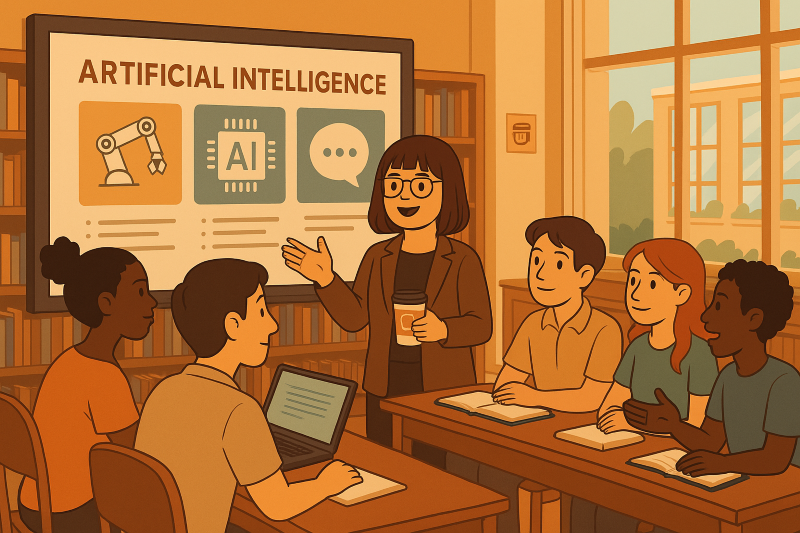 Artificial intelligence has become another major part of the library’s hyperlinked environment. Tools like ChatGPT have created both excitement and concern in librarianship. Some people worry that AI could replace human work, while others see it as a tool that can enhance library services and expand access to information. Librarians like Allison Papini (2023) view AI through the lens of information literacy, explaining that ChatGPT lacks authority and should not be treated as a credible or scholarly source. This perspective reminds us that librarians play a vital role in helping users evaluate the quality and reliability of information generated by AI systems. Similarly, Fister and Head (2023) compare current debates about AI to the early panic over Wikipedia, noting that considering what academia got wrong about Wikipedia helps us understand the deeper questions we should be asking about ChatGPT and our knowledge environments.
Artificial intelligence has become another major part of the library’s hyperlinked environment. Tools like ChatGPT have created both excitement and concern in librarianship. Some people worry that AI could replace human work, while others see it as a tool that can enhance library services and expand access to information. Librarians like Allison Papini (2023) view AI through the lens of information literacy, explaining that ChatGPT lacks authority and should not be treated as a credible or scholarly source. This perspective reminds us that librarians play a vital role in helping users evaluate the quality and reliability of information generated by AI systems. Similarly, Fister and Head (2023) compare current debates about AI to the early panic over Wikipedia, noting that considering what academia got wrong about Wikipedia helps us understand the deeper questions we should be asking about ChatGPT and our knowledge environments.
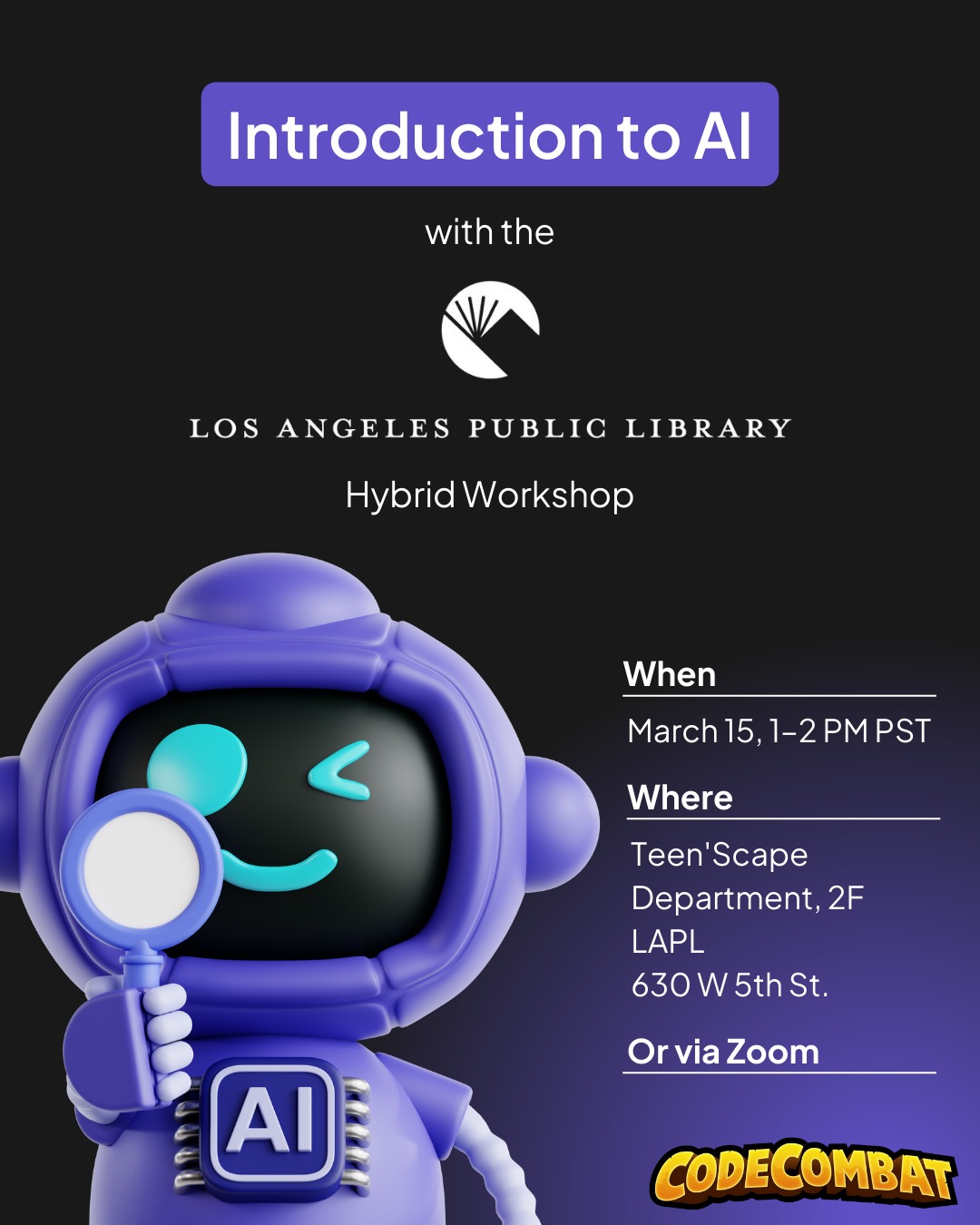
Many libraries and educational institutions are now taking proactive steps to integrate AI into teaching and learning. The Digital Library Federation’s 2024 Critical Digital Literacies Toolkit includes courses such as The Robots Are Helpful: Using Generative AI With Undergraduates and Navigating Biases in AI Algorithms, which teach students to use AI thoughtfully and ethically. Academic libraries like McGill University have also developed workshop series on AI literacy, focusing on transparency, bias, and critical evaluation (Hervieux & Wheatley, 2022). At the Dr. Martin Luther King Jr. Library at San José State University, KingbotGPT assists users when staff are unavailable, while the University of Calgary created an AI reference chatbot that guides users to reliable resources. These examples show that librarians are not only adapting to emerging technologies but also guiding their communities through them.
Conclusion
It is interesting to see all the different ways libraries are evolving as hyperlinked environments that blend technology with human connection. Whether through mobile apps or the use of AI tools, the heart of librarianship remains the same which is to serve, connect, and empower our communities while preserving the human connection at the center of this new digital environment.
References
Digital Library Federation. (2024, October 10). #DLFteach Toolkit Volume 4: Critical digital literacies. https://www.diglib.org/dlfteach-toolkit-volume-4
Fister, B., & Head, A. (2023, May 4). Getting a grip on ChatGPT. Inside Higher Ed. https://www.insidehighered.com/opinion/views/2023/05/04/chatgpt-reshaping-information-infrastructures-opinion
Hervieux, S., & Wheatley, A. (2022). Separating artificial intelligence from science fiction: Creating an academic library workshop series on AI literacy. In The rise of AI: Implications and applications of artificial intelligence in academic libraries (pp. 43–58). Association of College and Research Libraries.
Los Angeles Public Library. (n.d.-a). LAPL app. https://www.lapl.org/app
Los Angeles Public Library. (n.d.-b). The Palace Project app. https://www.lapl.org/collections-resources/blogs/lapl/palace-project-app
Papini, A. (2023, January 27). ChatGPT: A library perspective. Bryant University Library. https://library.bryant.edu/chatgpt-library-perspective
San José State University Library. (2024). KingbotGPT: AI reference support at the Dr. Martin Luther King, Jr. Library. https://www.sjsu.edu/library
Silver, L. (2019, February 5). Smartphone ownership is growing rapidly around the world, but not always equally. Pew Research Center. https://www.pewresearch.org/global/2019/02/05/smartphone-ownership-is-growing-rapidly-around-the-world-but-not-always-equally/
Stephens, M. (2013). Mobile at the library. In The heart of librarianship (p. 43). ALA Editions.
University of Calgary Libraries. (2024). Implementing an AI reference chatbot. OCLC ResearchWorks. https://www.oclc.org/research/events/2024/implementing-an-ai-reference-chatbot.html
Watson, K. (2023, March 1). Libraries on call: Smartphone lending program bridges technology gaps. American Libraries Magazine. https://americanlibrariesmagazine.org
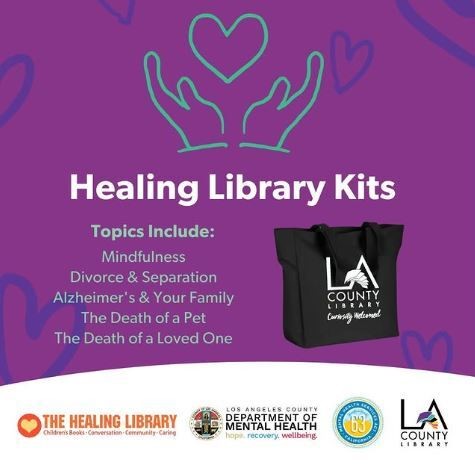

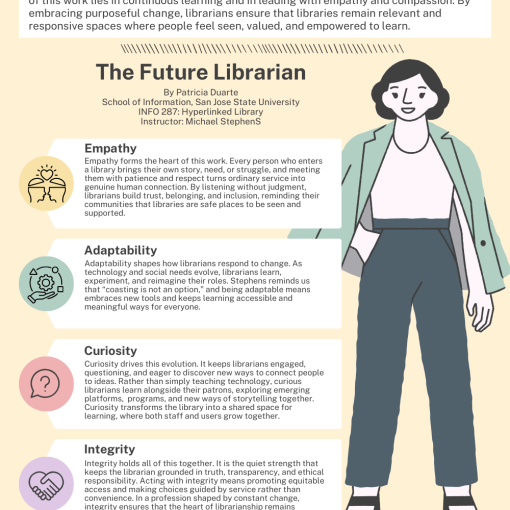
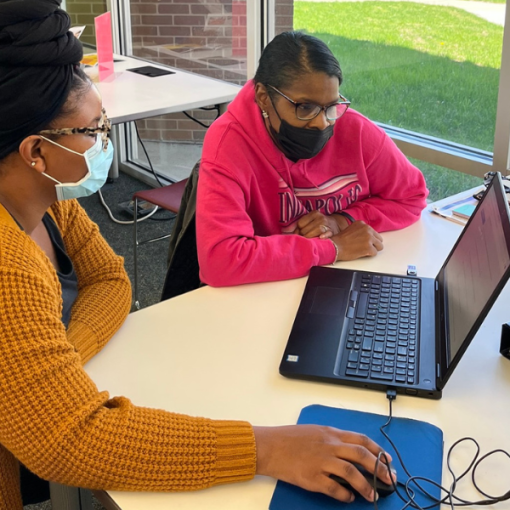
One thought on “INFO 287 Reflection Blog: Hyperlinked Environments”
@pbduarte I really appreciate the detail that Los Angeles Public library is doing a hybrid AI class so some young people could zoom in if that is easier for them. That’s just so thoughtful about reaching their team population. I really like the illustration that you did for this as well and it’s sort of like the other one of the reference desk very nice. What was your prompt?